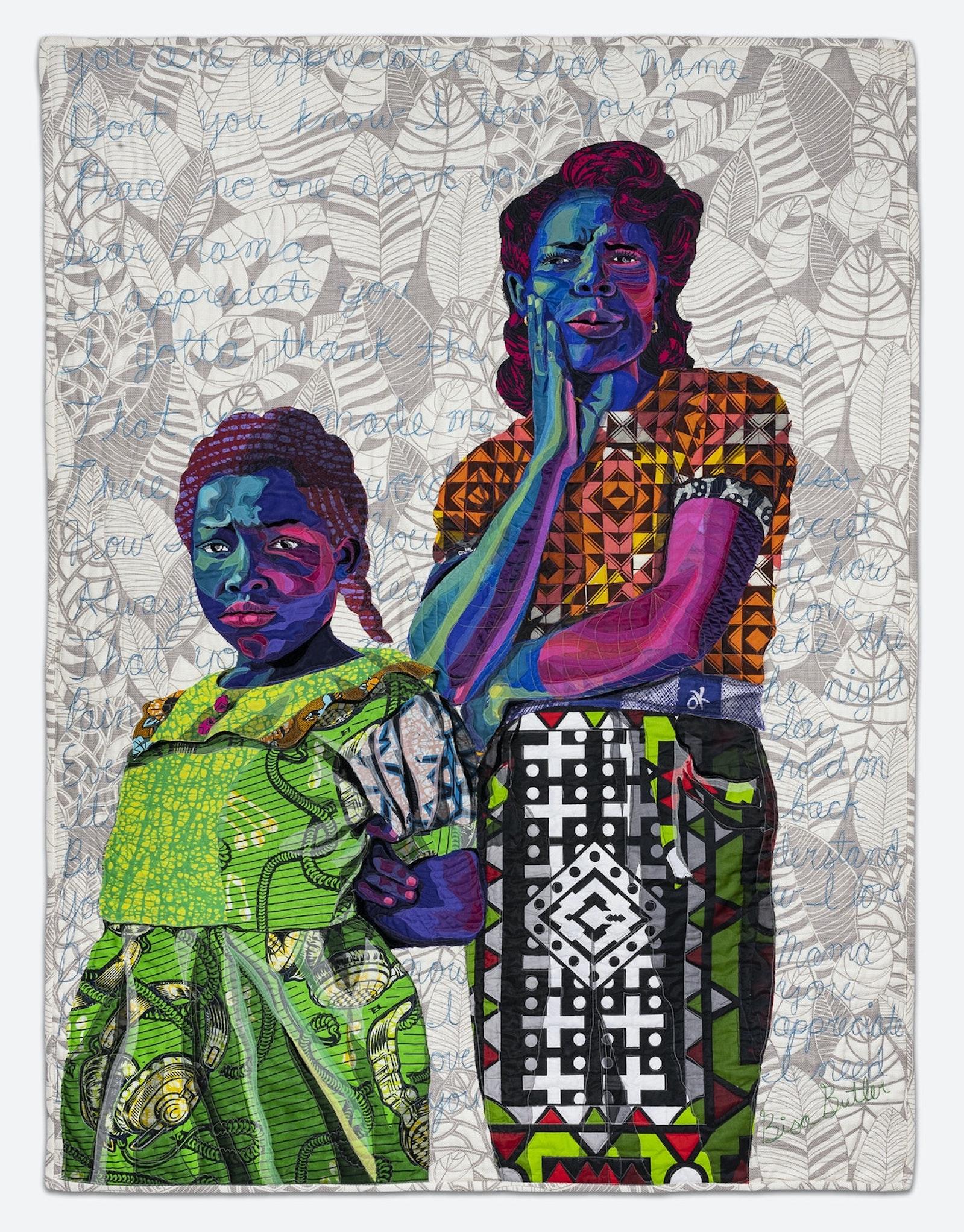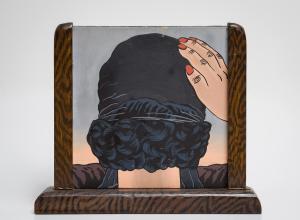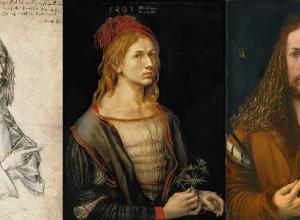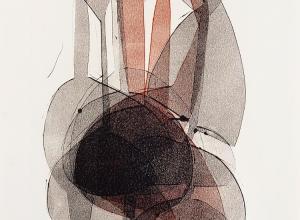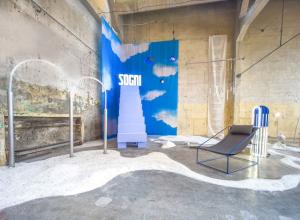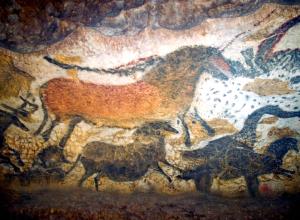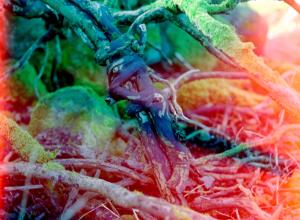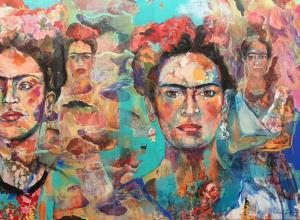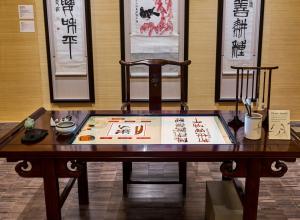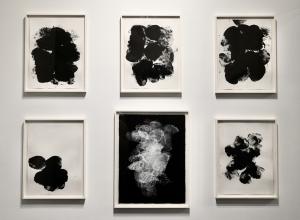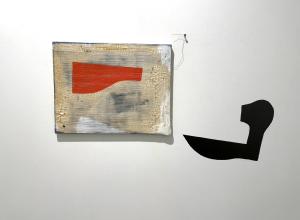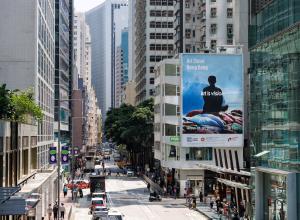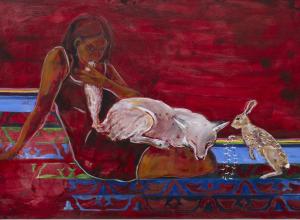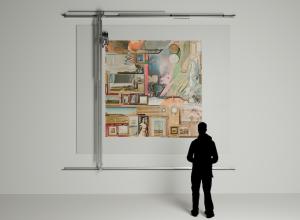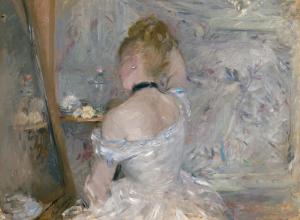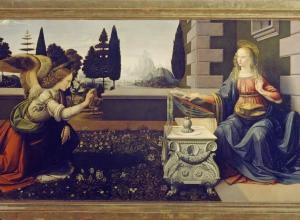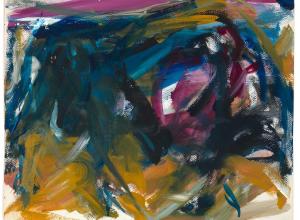“The vibrancy and scale of Butler’s work really captivates viewers, and once they are pulled in, they experience an often startling realization regarding materiality; that is, they discover what they are looking at is fabric rather than paint. This surprise paired with the arresting faces of her subjects fuels even closer looking. The complementary layers of narrative and materials create an immersive, dazzling, and compelling aesthetic experience,” says Erica Warren, Associate Curator of Textiles at the Art Institute of Chicago.
Butler’s methods remain interdisciplinary even though her finished works are exclusively fabric. She looks to photographs to inform her compositions and figural choices, she layers fabrics as a painter might layer glazes, and she uses thread to draw, adding fine detail and texture with her stitching. The fabrics chosen for her textile portraits also speak to a shared African diasporic history; many of the African-printed fabrics she employs are popular in West African countries, including Ghana, where Butler’s father is from. Through her combination of subjects and materials, Butler represents and meditates upon the diasporic nature of Black history in each portrait.






